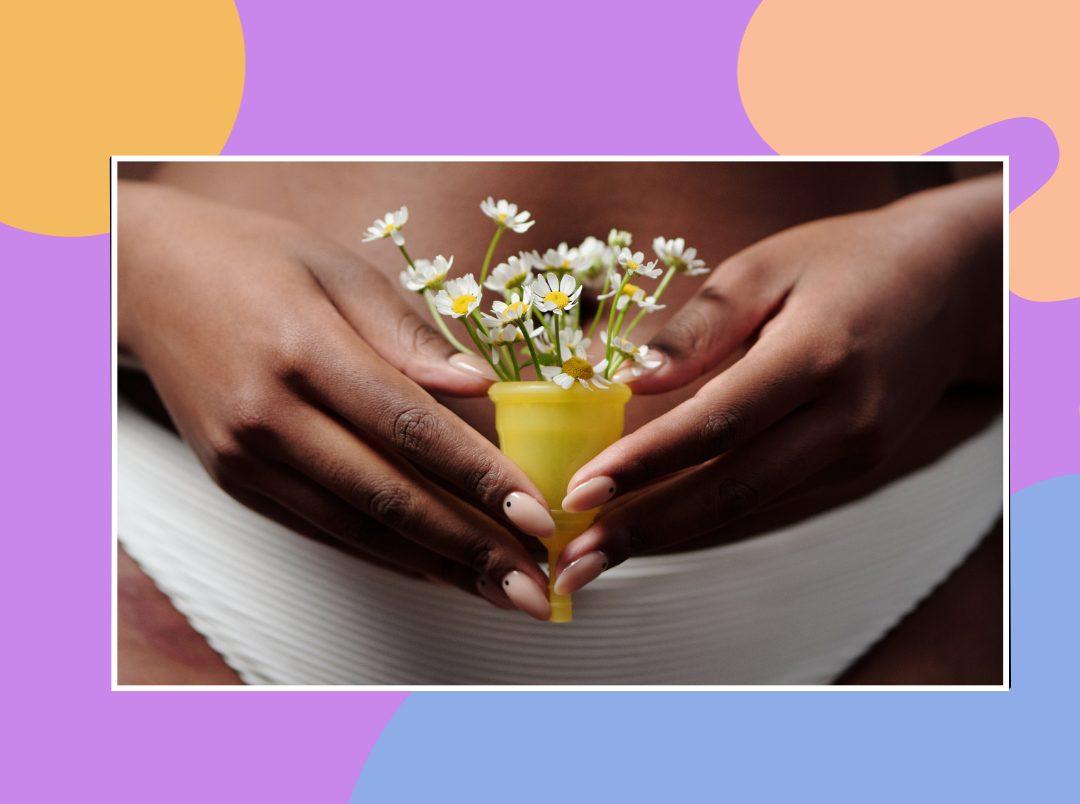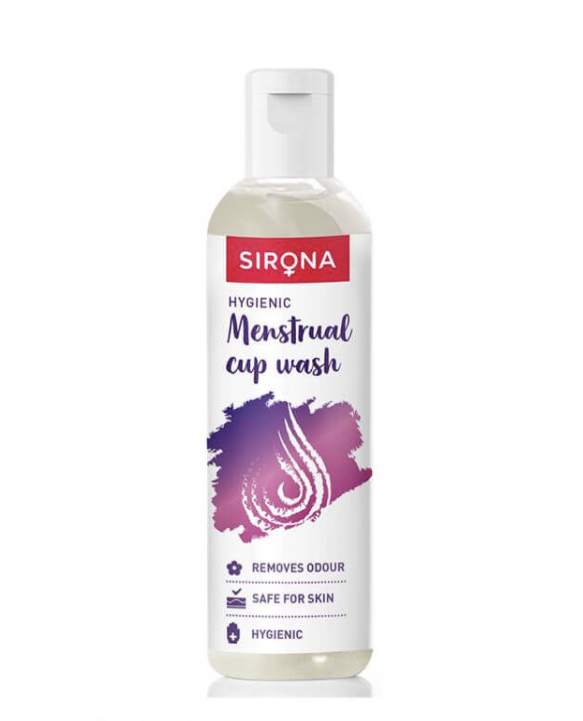Did you know that more than one billion sanitary pads and tampons are disposed of every month in our country? According to a 2018 report, these period aids are carelessly discarded and take 500-800 years to decompose. So, if you’ve made the sustainable switch to menstrual cups, kudos! You’re doing the environment (and of course, your pockets) a huge service.
Unlike pads and tampons, menstrual cups are reusable. They’re made of inert materials like medical-grade silicone and can last for almost a decade, thus, taking the edge off waste creation. But here’s the catch: If not maintained well, menstrual cups can get stained and emit foul odour due to germ and dirt buildup. These factors may add to their wear and tear and decrease their lifespan.
Well, the good thing is that you can make your cup durable by cleaning and storing it properly. It’s as easy as your period-game once you get a hang of how to use a menstrual cup. Here’s are six cleansing tips for a lasting relationship with cuppy dear:
Clean ‘Em With Water While On The Go
A high-quality cup can offer leak-proof protection for up to eight hours. However, you can’t take this granted and go on without cleaning the cup properly. While you’re out, you can empty the cup in a drain/ pot, wash it with water and put it back on. You can also keep Sirona’s Intimate Wipes handy and use them to clean your cup in case you don’t have access to a comfortable loo. They’re alcohol-free and extremely gentle on your skin.
Water & A Mild Soap Can Do The Job Well
When you have access to a clean, comfortable washroom, you must cleanse your cup thoroughly. According to a report by PATH, a Ukraine-based public health organisation, it is important to wash the cup with water and a mild soap at least once a day during your period. Instead of relying on harsh soaps, we suggest you use Sirona’s Menstrual Cup Wash. Made with mild and natural surfactants, it doesn’t degrade the cup or disturb the natural pH of your vagina.
Use Cold & Hot Water In The Right Order
The report by PATH also suggests rinsing the cup with a shot of cold water first. This is because hot water can lock in the odour. Once you wash off all the blood, you can give it a hot-water dip or rinse to kill the bacteria and get rid of any irritants on its surface.
Scrub The Cup
Menstrual cups have holes to create a suction grip with your pelvic floor muscles. These holes can get clogged with blood if not cleaned properly. As a result, the cup may not create proper suction and lead to leakage and stains. But you can use a fresh toothbrush to clean these holes. Remember to be super-gentle here. We don’t want any scratches or abrasions the cup.
A Hot-Water Bath For The Win
According to a study published in the International Journal of Environmental Research and Public Health, you need to walk the extra mile to get rid of bacteria on your cup. It is most effectively eliminated by cleaning it with soap and water and then steeping it in boiled water for 5-10 minutes. However, you can make your life easier by using Sirona’s Menstrual Cup Sterilizer. It can do the job in three minutes minus any hassle or mess. All you need to do is add five ml of water to its base, place the cup inside, and switch it on. Simple.
While the study recommends this thorough cleanup after each cycle, doing it daily can take your safety game to the next level.
Store It Properly
Post cup sterlisation, it is important to wipe it with a clean towel or tissue and make sure it’s dry before you store it for your next cycle. Another point to keep in mind is to always use a cotton pouch for your cup. This can ensure air circulation and prevent fungal or bacterial growth in the cup. Sirona’s Menstrual Cup comes with a cotton pouch and can last for as long as eight years.
Peeps, if you’ve walked the sustainability path, you’ve got to make sure your vaginal health is not compromised. As long as you remember these tips, you’ll be fine, we promise.
Featured Image: Pexels







